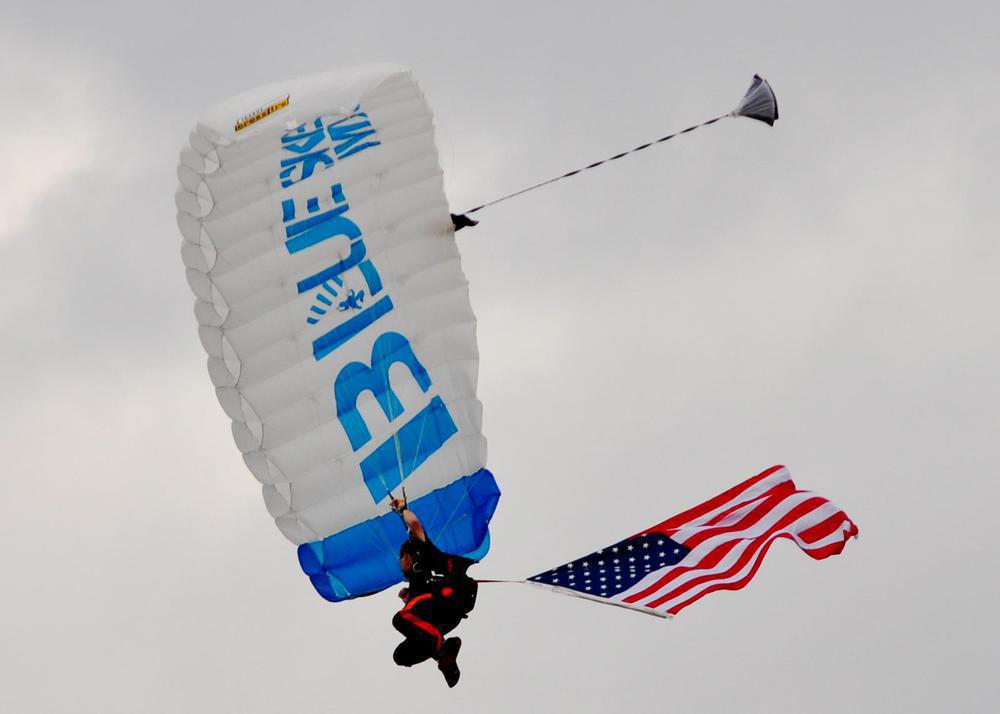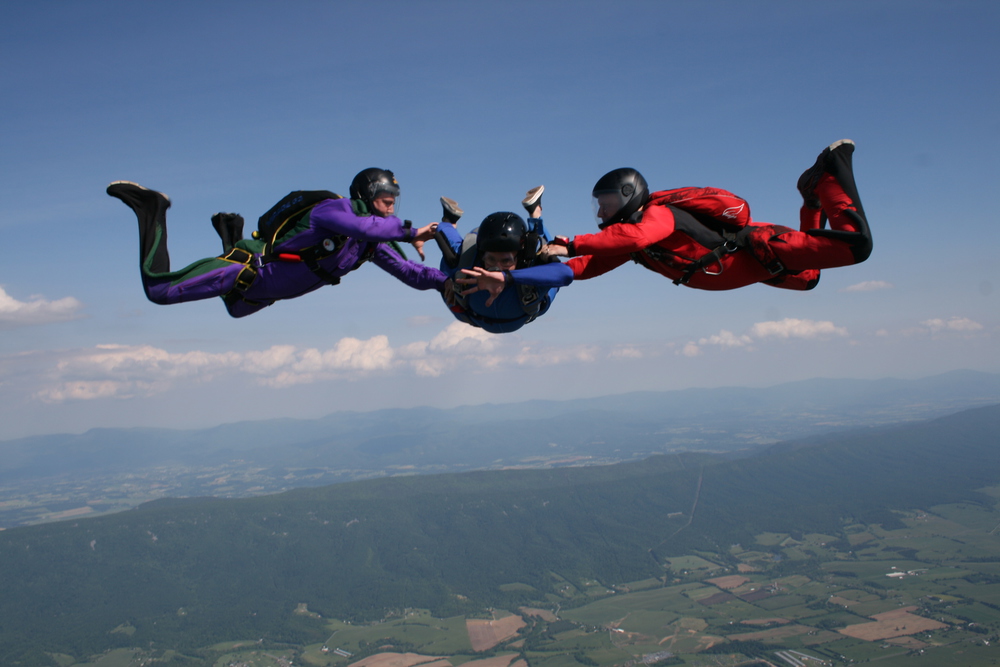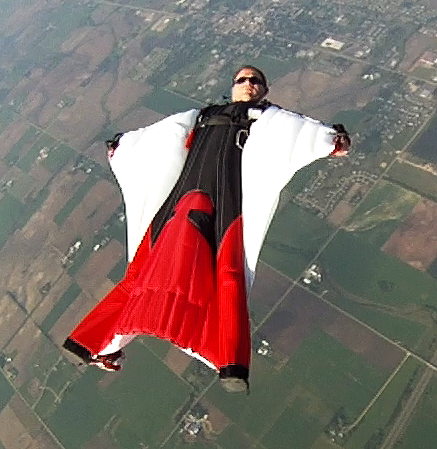Recommended Posts
douwanto 22
Having cut away does not mean one has deployed their reserve.... RSL is used by most these days and I have seen people go to the zoo and cut away a good canopy. Consistently performing as a safe skydiver along with time in the sport are both needed to develop the knowledge and understanding of body and canopy control and patients needed to be a safe Tandem Instructor. Someone who freaks out and starts doing the wrong thing is just as dangerous as someone who freezes.![]()
TIE's are looking at every aspect of the candidates performance and challenges their skills to weed out the loose cannons.
Uncle/GrandPapa Whit
Unico Rodriguez # 245
Muff Brother # 2421
riggerrob 558
Quote
"Similarly, having to survive one reserve ride on your own also demonstrates solo survival skills."
When I took my course I was never asked about a reserve ride and never saw it listed as a requirement either. I have not gone back looked but I do not think it is a requirement anymore at least for UPT. let me know if I'm wrong ( I have had 3 reserve rides prior to my rating.)
.........................................................................
One solo reserve ride is a pre-level for aspiring Strong TIs. The goal is for aspiring TIS to prove that they can keep their cool and perform the correct drills while in a stressful situation, before being trusted with the lives of students.
You are correct in stating that it is not a pre-level for UPT, but it should be.
UPT and Strong are slowly converging with their tandem training programs.




When I took my course I was never asked about a reserve ride and never saw it listed as a requirement either. I have not gone back looked but I do not think it is a requirement anymore at least for UPT. let me know if I'm wrong ( I have had 3 reserve rides prior to my rating.)
Share this post
Link to post
Share on other sites